-
 Bitcoin
Bitcoin $107,443.3008
-1.17% -
 Ethereum
Ethereum $2,494.2503
-0.63% -
 Tether USDt
Tether USDt $1.0003
0.00% -
 XRP
XRP $2.2496
2.23% -
 BNB
BNB $658.7569
0.63% -
 Solana
Solana $154.9826
1.94% -
 USDC
USDC $1.0000
0.01% -
 TRON
TRON $0.2799
1.07% -
 Dogecoin
Dogecoin $0.1659
-1.78% -
 Cardano
Cardano $0.5745
0.25% -
 Hyperliquid
Hyperliquid $39.7005
0.13% -
 Bitcoin Cash
Bitcoin Cash $519.5989
3.78% -
 Sui
Sui $2.7874
-2.40% -
 Chainlink
Chainlink $13.3762
-1.69% -
 UNUS SED LEO
UNUS SED LEO $9.0784
-0.64% -
 Avalanche
Avalanche $17.9846
-2.81% -
 Stellar
Stellar $0.2390
-0.06% -
 Toncoin
Toncoin $2.9028
0.25% -
 Shiba Inu
Shiba Inu $0.0...01147
-2.17% -
 Litecoin
Litecoin $86.6956
-1.27% -
 Hedera
Hedera $0.1508
-0.50% -
 Monero
Monero $322.6222
3.26% -
 Polkadot
Polkadot $3.4124
-2.99% -
 Dai
Dai $0.9999
0.00% -
 Bitget Token
Bitget Token $4.5434
-1.97% -
 Ethena USDe
Ethena USDe $1.0002
0.00% -
 Uniswap
Uniswap $7.1562
-2.61% -
 Aave
Aave $275.8830
-1.02% -
 Pepe
Pepe $0.0...09790
-4.04% -
 Pi
Pi $0.5018
-5.09%
What is the insurance fund of Bybit contract? How much money can be recovered after liquidation?
Bybit's insurance fund protects traders from losses during liquidation by covering price discrepancies, ensuring platform stability and using a clawback mechanism to stay funded.
May 05, 2025 at 08:29 pm
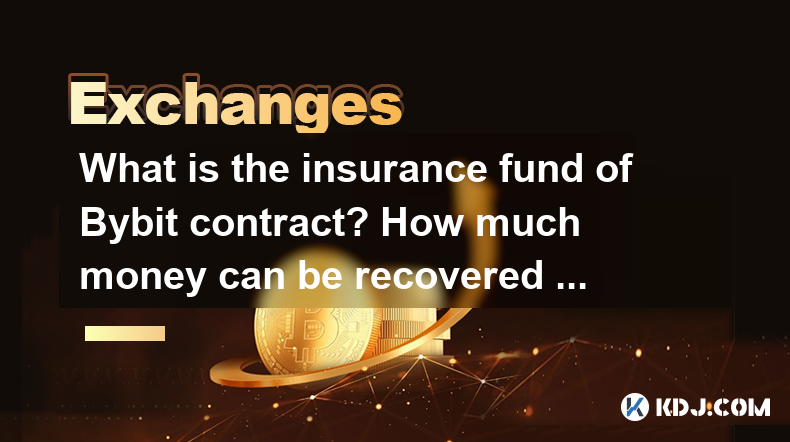
The insurance fund of Bybit is an essential component of its futures and perpetual contract trading platform, designed to protect traders from potential losses due to extreme market volatility and to maintain the platform's stability. In this article, we will delve into the specifics of Bybit's insurance fund, how it operates, and what happens to a trader's funds after liquidation.
Understanding Bybit's Insurance Fund
Bybit's insurance fund is a pool of funds set aside to cover potential losses that may occur when a trader's position is liquidated at a price that is significantly different from the market price. This situation, known as an auto-deleveraging event, can happen when there are not enough opposing positions to match the liquidated position. The insurance fund steps in to absorb these losses, ensuring that the platform remains stable and that other traders are not adversely affected.
The insurance fund is primarily funded through the clawback mechanism, which redistributes a portion of the profits from winning traders to the insurance fund. This mechanism ensures that the fund remains adequately capitalized to handle potential losses. Additionally, Bybit may contribute to the insurance fund from its own reserves to maintain its solvency and protect traders.
How Liquidation Works on Bybit
When a trader's position on Bybit reaches the liquidation price, the platform automatically closes the position to prevent further losses. The liquidation price is calculated based on the trader's margin, leverage, and the current market price. If the market moves against the trader's position, and the margin balance falls below the maintenance margin, the position is liquidated.
During liquidation, Bybit employs a risk limit system to manage the size of positions and prevent excessive risk-taking. The risk limit determines the maximum position size a trader can hold, and it increases or decreases based on the trader's unrealized profit or loss. If a trader's position exceeds the risk limit, the position is automatically reduced to comply with the limit.
The Role of the Insurance Fund in Liquidation
The insurance fund plays a crucial role during the liquidation process, particularly when a position is liquidated at a price that is significantly different from the market price. In such cases, the insurance fund covers the difference to ensure that the platform remains balanced. This is especially important in highly volatile markets where rapid price movements can lead to significant discrepancies between liquidation prices and market prices.
If the insurance fund is insufficient to cover the losses, Bybit may implement a clawback to replenish the fund. The clawback redistributes a portion of the profits from winning traders to the insurance fund, ensuring that it remains capable of handling future losses. This mechanism helps maintain the platform's stability and protects all traders from potential adverse effects.
Recovering Funds After Liquidation
After a position is liquidated, the amount of money that can be recovered depends on several factors, including the liquidation price, the size of the position, and the balance in the insurance fund. If the liquidation price is close to the market price, the trader may recover most of their remaining margin. However, if the liquidation price is significantly different from the market price, the trader may incur a larger loss.
In cases where the insurance fund is used to cover losses, the trader's recovery may be limited to the remaining balance in their account after the liquidation. If the insurance fund is depleted, the trader may not recover any funds beyond what is left in their account. Bybit's platform is designed to minimize such scenarios, but traders should be aware of the potential risks involved.
Practical Steps to Manage Risk on Bybit
To minimize the risk of liquidation and maximize potential recovery, traders can take several practical steps:
- Use appropriate leverage: High leverage can amplify both gains and losses. Traders should use leverage cautiously and only with a clear understanding of the risks involved.
- Set stop-loss orders: A stop-loss order can help limit losses by automatically closing a position if the market moves against it. Traders should set stop-loss orders at a level that aligns with their risk tolerance.
- Monitor positions closely: Keeping a close eye on market movements and position status can help traders respond quickly to adverse market conditions.
- Diversify trading strategies: Using a variety of trading strategies can help spread risk and reduce the impact of any single position on the overall portfolio.
By following these steps, traders can better manage their risk exposure and potentially improve their chances of recovering funds after liquidation.
Frequently Asked Questions
Q: How often does Bybit's insurance fund get used?
The frequency of the insurance fund's use depends on market conditions and the volume of trading on the platform. During periods of high volatility, the insurance fund may be used more frequently to cover losses from liquidations. However, Bybit's risk management systems are designed to minimize the need for the insurance fund, and it is typically used as a last resort.
Q: Can the insurance fund run out of money?
While it is possible for the insurance fund to be depleted, Bybit takes several measures to prevent this from happening. The platform uses the clawback mechanism to replenish the fund and may also contribute from its own reserves. Traders should be aware that in extreme market conditions, the insurance fund could be exhausted, but Bybit's systems are designed to mitigate this risk.
Q: How can I check the current balance of Bybit's insurance fund?
Bybit provides transparency regarding the insurance fund's balance. Traders can check the current balance of the insurance fund on the Bybit platform, typically under the "Transparency" or "Insurance Fund" section. This information is updated regularly to keep traders informed about the fund's status.
Q: Are there any fees associated with the insurance fund?
There are no direct fees associated with the insurance fund itself. However, the clawback mechanism may affect a trader's profits if it is used to replenish the fund. Traders should be aware of this potential impact on their trading outcomes.
Disclaimer:info@kdj.com
The information provided is not trading advice. kdj.com does not assume any responsibility for any investments made based on the information provided in this article. Cryptocurrencies are highly volatile and it is highly recommended that you invest with caution after thorough research!
If you believe that the content used on this website infringes your copyright, please contact us immediately (info@kdj.com) and we will delete it promptly.
- Bitcoin, Bitfinex, and Acceleration: Decoding the Crypto Crossroads
- 2025-07-01 12:50:11
- SOL, XRP, LTC ETFs: Are We on the Cusp of Crypto History?
- 2025-07-01 12:50:11
- BNB Chain's Maxwell Upgrade: Sub-Second Blocks and a Whole Lotta Speed!
- 2025-07-01 13:10:12
- Bitcoin, Ethereum, Crypto Decline? Nah, Just a New York Minute!
- 2025-07-01 13:10:12
- Coinpass: The Gold-Standard Crypto Platform for UK Businesses
- 2025-07-01 12:30:12
- Tokenized ETFs, Robinhood, and Europe: A New Era of Finance?
- 2025-07-01 12:30:12
Related knowledge
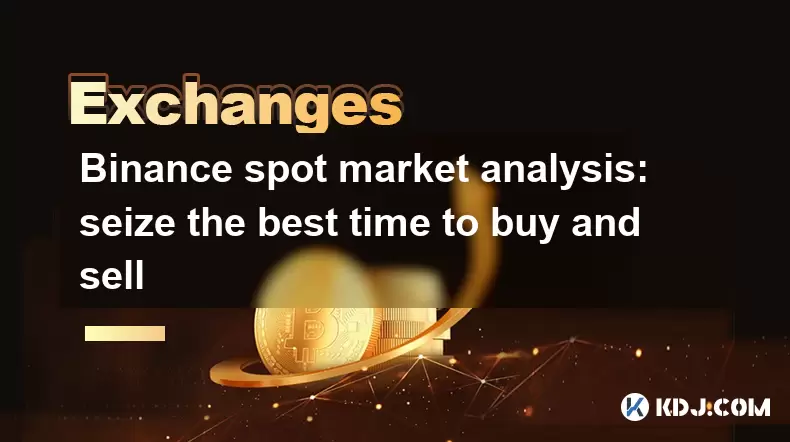
Binance spot market analysis: seize the best time to buy and sell
Jun 19,2025 at 04:56pm
Understanding the Binance Spot MarketThe Binance spot market is one of the most popular platforms for cryptocurrency trading globally. It allows users to trade digital assets at current market prices, making it essential for traders aiming to buy low and sell high. Unlike futures or margin trading, spot trading involves direct ownership of the asset aft...
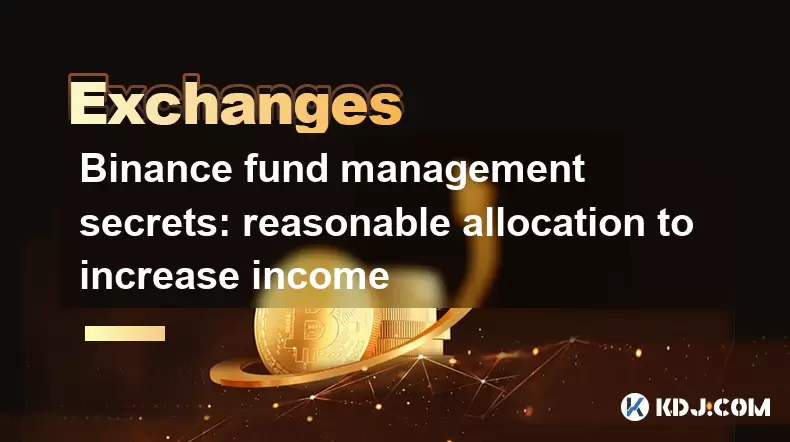
Binance fund management secrets: reasonable allocation to increase income
Jun 22,2025 at 02:29pm
Understanding Binance Fund ManagementBinance fund management involves strategic allocation of your cryptocurrency assets to optimize returns while managing risk. The key to successful fund management lies in understanding how different investment options on the Binance platform can be utilized to create a diversified portfolio. This includes spot tradin...
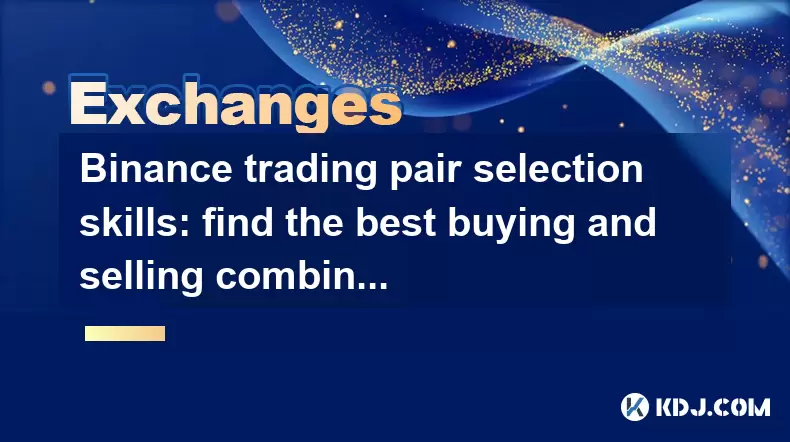
Binance trading pair selection skills: find the best buying and selling combination
Jun 23,2025 at 02:49am
Understanding the Basics of Trading Pairs on BinanceBefore diving into trading pair selection skills, it's essential to understand what a trading pair is. On Binance, a trading pair refers to two cryptocurrencies that can be traded against each other. For example, BTC/USDT means Bitcoin is being traded against Tether. Each trading pair has its own liqui...

Binance new coin mining strategy: participate in Launchpool to earn income
Jun 23,2025 at 11:56am
What is Binance Launchpool and how does it work?Binance Launchpool is a feature introduced by the world’s largest cryptocurrency exchange, Binance, to allow users to earn new tokens through staking. This platform enables users to stake their existing cryptocurrencies (such as BNB, BUSD, or other supported assets) in exchange for newly launched tokens. T...
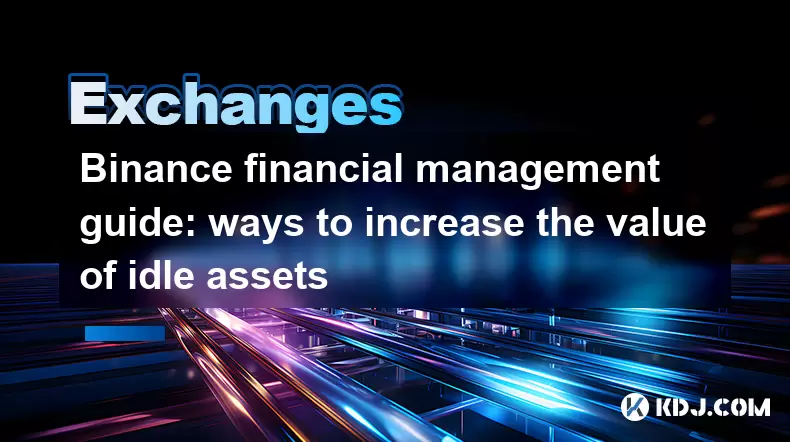
Binance financial management guide: ways to increase the value of idle assets
Jun 19,2025 at 11:22pm
Understanding Idle Assets in the Cryptocurrency SpaceIn the fast-paced world of cryptocurrency, idle assets refer to digital currencies that are not actively being used for trading, staking, or yield farming. Holding these funds in a wallet without utilizing them means missing out on potential growth opportunities. Binance, as one of the leading platfor...
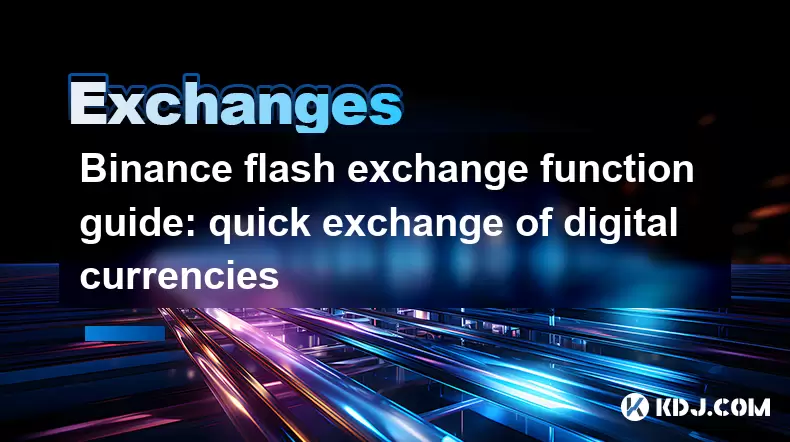
Binance flash exchange function guide: quick exchange of digital currencies
Jun 23,2025 at 12:29pm
What is the Binance Flash Exchange Function?The Binance Flash Exchange function is a powerful tool designed to allow users to instantly swap between supported cryptocurrencies without the need for placing traditional buy/sell orders. This feature simplifies the trading process by offering a direct exchange mechanism, eliminating the requirement to conve...

Binance spot market analysis: seize the best time to buy and sell
Jun 19,2025 at 04:56pm
Understanding the Binance Spot MarketThe Binance spot market is one of the most popular platforms for cryptocurrency trading globally. It allows users to trade digital assets at current market prices, making it essential for traders aiming to buy low and sell high. Unlike futures or margin trading, spot trading involves direct ownership of the asset aft...

Binance fund management secrets: reasonable allocation to increase income
Jun 22,2025 at 02:29pm
Understanding Binance Fund ManagementBinance fund management involves strategic allocation of your cryptocurrency assets to optimize returns while managing risk. The key to successful fund management lies in understanding how different investment options on the Binance platform can be utilized to create a diversified portfolio. This includes spot tradin...

Binance trading pair selection skills: find the best buying and selling combination
Jun 23,2025 at 02:49am
Understanding the Basics of Trading Pairs on BinanceBefore diving into trading pair selection skills, it's essential to understand what a trading pair is. On Binance, a trading pair refers to two cryptocurrencies that can be traded against each other. For example, BTC/USDT means Bitcoin is being traded against Tether. Each trading pair has its own liqui...

Binance new coin mining strategy: participate in Launchpool to earn income
Jun 23,2025 at 11:56am
What is Binance Launchpool and how does it work?Binance Launchpool is a feature introduced by the world’s largest cryptocurrency exchange, Binance, to allow users to earn new tokens through staking. This platform enables users to stake their existing cryptocurrencies (such as BNB, BUSD, or other supported assets) in exchange for newly launched tokens. T...

Binance financial management guide: ways to increase the value of idle assets
Jun 19,2025 at 11:22pm
Understanding Idle Assets in the Cryptocurrency SpaceIn the fast-paced world of cryptocurrency, idle assets refer to digital currencies that are not actively being used for trading, staking, or yield farming. Holding these funds in a wallet without utilizing them means missing out on potential growth opportunities. Binance, as one of the leading platfor...

Binance flash exchange function guide: quick exchange of digital currencies
Jun 23,2025 at 12:29pm
What is the Binance Flash Exchange Function?The Binance Flash Exchange function is a powerful tool designed to allow users to instantly swap between supported cryptocurrencies without the need for placing traditional buy/sell orders. This feature simplifies the trading process by offering a direct exchange mechanism, eliminating the requirement to conve...
See all articles

























































































